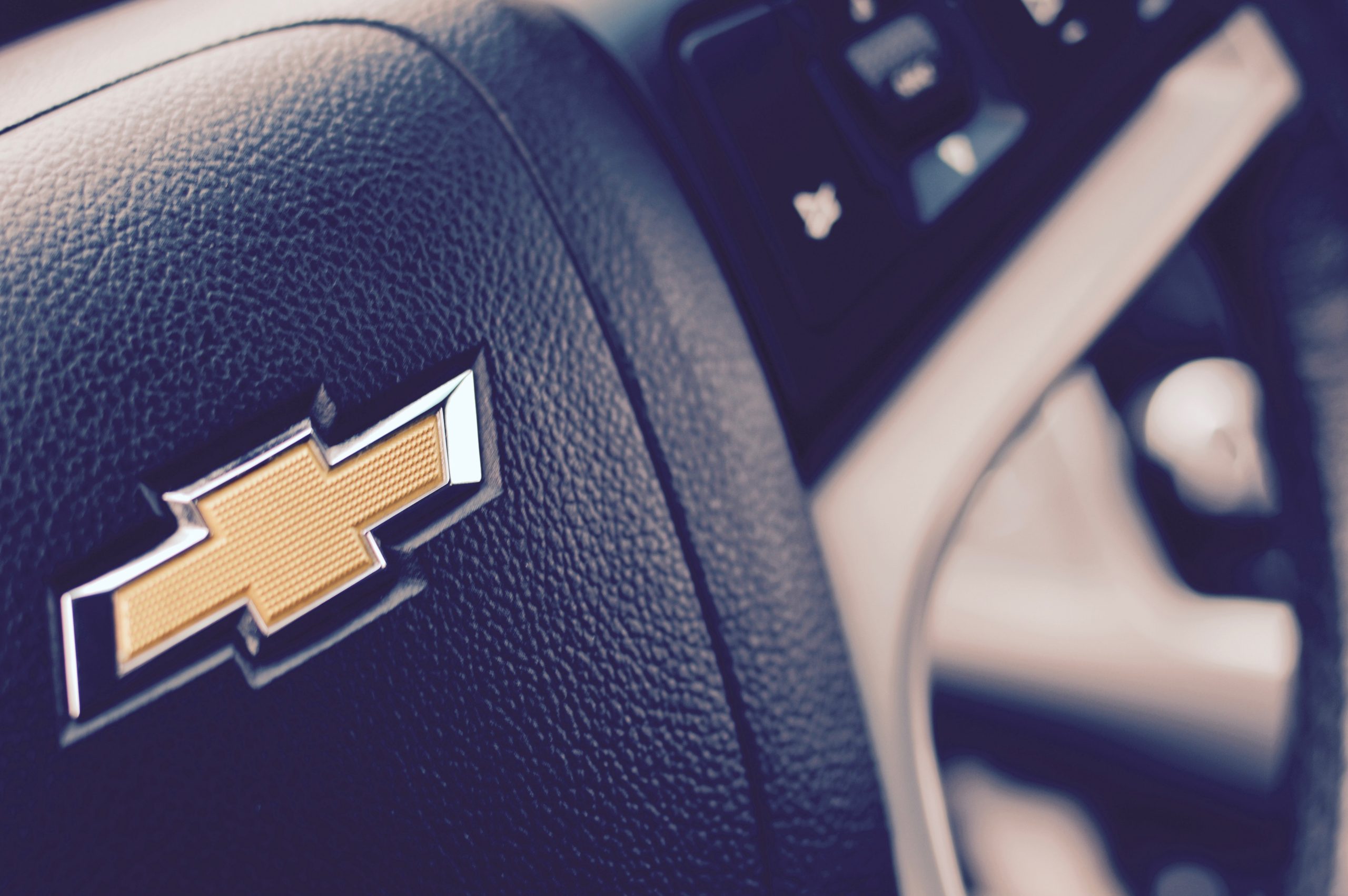
Your radiator is the heart of your engine’s efficient cooling system. Your engine generates a large amount of heat. If this heat isn’t removed, it will build up and damage your engine. The radiator is the place where this heat is efficiently removed. A radiator can get damaged or fail, and you’ll need a radiator repair. As your GM dealer, we repair or replace it for you. These are a few signs that your radiator has a problem.
Signs You Need a Radiator Repair at Your Chevy Dealer
Engine Temperature Gauge
Your temperature gauge will rise as you accelerate, and you’ll notice that it will then fall and maintain its temperature. When your engine reaches a pre-set point, liquid coolant is released into your engine. This coolant cools the engine by passing through it and absorbing heat as it moves. This now hot coolant is pumped into the radiator.
In the radiator, a heat exchange takes place between the hot coolant and the cooler outside air. The coolant temperature will drop, and it’s drawn out of the radiator to recycle through the system again. If your engine temperature rises but shows no signs of going down again, there’s a problem with your cooling system. We advise calling us ASAP so our technicians can find and repair the problem.
Leaking Coolant
As we’ve seen, coolant is an essential part of your cooling system. If your coolant level drops, this will cause your engine temperature to rise. Coolant isn’t consumed in your engine, so a lack of coolant must be caused by a leak. Coolant usually leaks out of your car and leaves stains on the ground underneath your car. Pink, yellow, green, or blue liquid under your car is a definite coolant leak.
Sometimes, coolant can leak into other parts of your engine, and this can cause additional problems. If you see thick white exhaust smoke, this means water is entering your exhaust system. Coolant is a mix of antifreeze and water, and it’s a primary culprit for the smoke. This problem is usually caused by a damaged head gasket, which is allowing coolant to mix with other parts of your engine.
Worn Hoses and Clamps
Coolant enters and exits your radiator via a pair of thick rubber hoses. The hose at the top of the radiator brings hot coolant into the radiator, and the hose at the bottom is where the coolant flows out of the radiator. These hoses are designed to withstand hot coolant at over 280 F, and they’re securely attached to the radiator by tight clamps.
During your routine services, we check the hoses and clamps for signs of damage or wear. If these components haven’t been recently checked, they may start to fail. The clamps can loosen, and the rubber hoses could develop cracks. Any problem with the hoses or clamps can create a coolant leak and increase your engine temperature.
If your engine temperature is rising for no apparent reason, call our service department right away at Opequon Motors.






